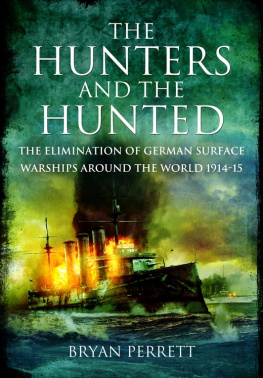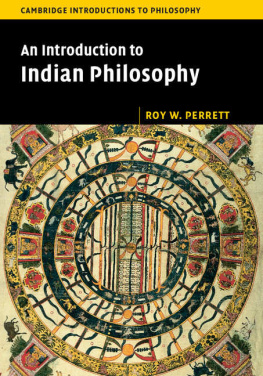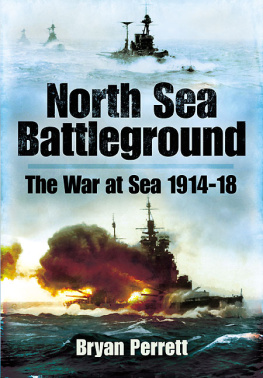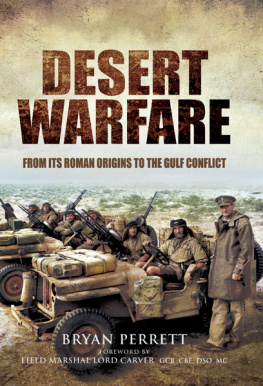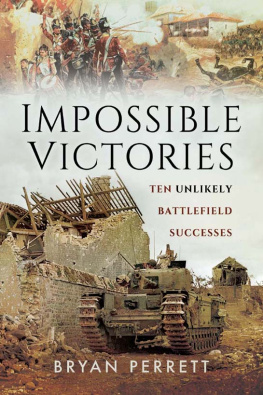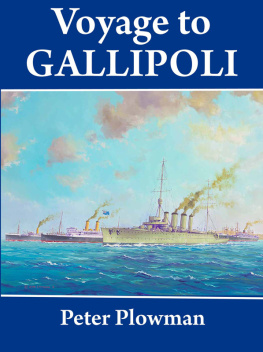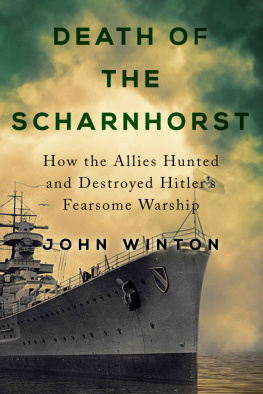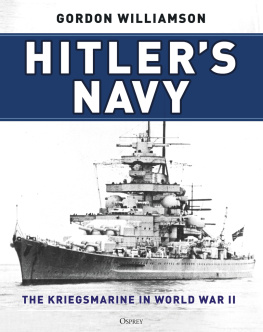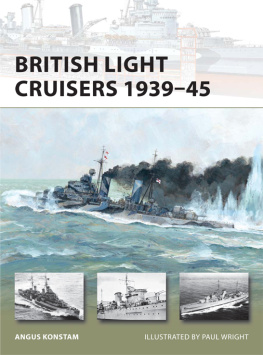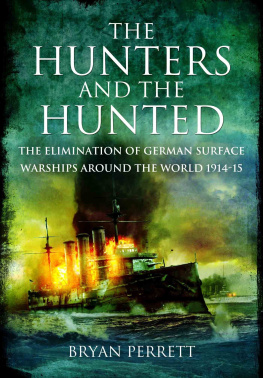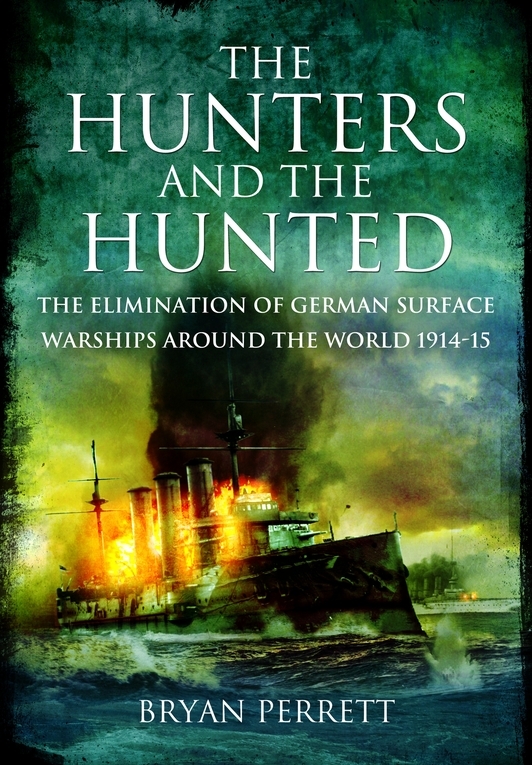CHAPTER 1
Turkish Delight
F or much of the nineteenth century the Turkish Empire was known as the Sick Man of Europe. During the early years of the twentieth century it had become increasingly apparent that the sickness had reached its terminal stage. The rule of Constantinople over large areas of North Africa had become purely nominal while elsewhere the stirring of nascent nationalism and conflicting racial and religious beliefs provided a background in which further fragmentation seemed inevitable. Even old friends such as Great Britain and France seemed to be turning against her when, together, they formed an Entente with Russia, Turkeys ancient and bitter enemy. In 1909 the autocratic Sultan Abdul the Damned was deposed in favour of his brother, who became Sultan Mohammed V. The new ruler was, in fact, little more than a figurehead, described as a spider blinking in unaccustomed sunlight whenever he made one of his rare excursions beyond the palace walls. The real power lay with a group of progressive revolutionaries known as the Young Turks.
Other nations were quick to take advantage of Turkeys weakness. Her 1911-12 war with Italy resulted in her losing Libya, the Dodecanese Islands and Rhodes. In 1912-13 two wars against her Balkan neighbours reduced her once-considerable European holdings to a mere toehold. These defeats led the Young Turks to request German assistance in reorganising and training her army. In fact, German influence within the Turkish Empire had been growing steadily for a number of years and had, in many areas, replaced that of Great Britain.
This was a policy of which the German Emperor, Wilhelm II, thoroughly approved. It provided a potential ally in the event of war with Russia, which would be denied access to the Mediterranean via the Bosporus and Dardanelles, and concentrate British thoughts on the security of their own Imperial lifeline, the Suez Canal. He had made state visits to Abdul the Damned in 1889 and 1898 during which he insisted upon being addressed as Haji Mohammed Guillermo. This may have impressed the credulous but the more intelligent of his hosts would simply have acknowledged such an absurdity with oriental courtesy. Indeed, to have earned the title Haji he would have had to have made the pilgrimage to Mecca, which, as a Christian, was forbidden to him. Likewise, the name Mohammed had no place in his usual string of titles and the use of the Mediterranean version of Wilhelm was condescending, to say the least. Even stranger was a claim that somewhere in his family tree was the Prophets daughter Fatima. However, those of his entourage who were familiar with the Kaisers odd ways were prepared to tolerate them for the sake of the international prestige of the Imperial power that Germany had become.
Turkey had already benefited from the German connection. With mainly German money and engineering expertise, a railway was projected from Scutari on the shore of the Bosporus to Baghdad in Mesopotamia, with a further extension to Basra under consideration. By 1914 good progress had been made but some 300 miles of the central section still had to be constructed. Initially the British government had no objection to the project, but when the line came to be called the Berlin-Baghdad Railway it was clear that German strategic ambitions extended to the oilfields of the Persian Gulf, and this at a time when the Royal Navy was about to switch from coal to oil firing. In addition, a German presence in Basra, uncomfortably close to the shipping routes to Great Britains Far Eastern colonies, would have been far from welcome. A second strategic rail route, the Hejaz Railway, ran from Damascus through Syria and down through Arabia to Medina. This was uncomfortably close to another British imperial artery, the Red Sea, and could be used to support military and naval forces capable of preying on this. Completed in the years prior to the outbreak of the Great War, the line ran at a profit made from pilgrims to Mecca, but subsequently provided a fine target for Colonel T.E. Lawrence and his Arab irregulars.
In 1914 naval contacts still existed between Great Britain and the Turkish Empire. The British naval mission in Constantinople still advised the ramshackle Turkish Navy, much of which dated from the previous century, and two of the most modern dreadnought battleships in the world were being built in British yards for Turkey. One, Sultan Osman I , had originally been ordered by Brazil and then transferred to Turkey. The second, Rashadieh , had been ordered by Turkey from the outset. These ships would mark the beginning of the Turkish Navys modernisation programme and become the pride of fleet when they were delivered. The general public in particular took great pride in their purchase and was keenly awaiting their arrival.
On 2 August 1914 Germany signed an alliance with Turkey, which at this stage did not commit the latter to immediate military action. By now it was apparent that Great Britain would be at war with Germany in a matter of days at most, and the following day both dreadnoughts were requisitioned by the Royal Navy under the respective names of Agincourt and Erin . In Turkish eyes, her former ally and friend had betrayed her. Baron von Wangenheim, the German ambassador to the Turkish Empire, took full advantage of the anti-British feeling that was spreading throughout the country, offering to transfer the two warships of Germanys Mediterranean Squadron, the Goeben and the Breslau , to the Turkish Navy.
Goeben was a battle cruiser; a new class of warship that combined the hitting power of a battleship with the speed of a cruiser but possessed only limited protection. Her main armament consisted of ten 11-inch guns and her maximum speed was 28.4 knots. Like all German battle cruisers she was named after a successful military commander, in this case General August Karl von Goeben, who had distinguished himself in the Franco-Prussian War. Breslau , armed with twelve 4.1-inch guns and capable of 30 knots, was, like the majority of German cruisers, named after a town. The two ships had been showing the flag for Imperial Germany since 1912 and since then had visited eighty ports around the Mediterranean. Since 23 October 1913 the squadron had been commanded by Rear Admiral Wilhelm Souchon.
Following the assassination of Archduke Franz Ferdinand of Austria on 28 June 1914, Souchon sensed that diplomatic damage control measures would fail and that a full-scale European war had become inevitable. He took Goeben into the Austrian naval base of Pola in the Adriatic for urgent repairs to her boilers, which required no less than 4,460 of their tubes replacing, then sailed for Taranto, where he was joined by Breslau , which had been operating in the eastern Mediterranean. The two coaled at Messina, then sailed westward with the intention of intercepting French troop convoys leaving North Africa for France.
The protection of troop convoys leaving Frances North African colonies was also to the fore in British minds. Winston Churchill, then First Lord of the Admiralty, despatched the following signal to the commander of the Royal Navys Mediterranean Fleet, Admiral Sir Berkeley Milne:
You are to aid the French in the transportation of their African Army by covering, and if possible, bringing to action individual fast German ships, particularly Goeben, who may interfere with that action. Do not at this stage be brought to action against superior forces, except in combination with the French, as part of a general battle . [authors italics]
The Mediterranean Fleet, based at Malta, consisted of three battle cruisers ( Inflexible, Indefatigable and Indomitable ), four armoured cruisers, four light cruisers and fourteen destroyers. Its principle defect lay in its commander, a former Groom-in-Waiting to the late King Edward VII. He had spent a great deal of his time aboard the Royal Yacht and was generally believed to have received his present appointment because of his qualities as a courtier. A good man to have at a party, one of his more memorable asides was that he had never disobeyed an order and never used his discretion. As the reverse constituted part of the Nelson Touch, its absence was to prove disastrous in the present circumstances.

